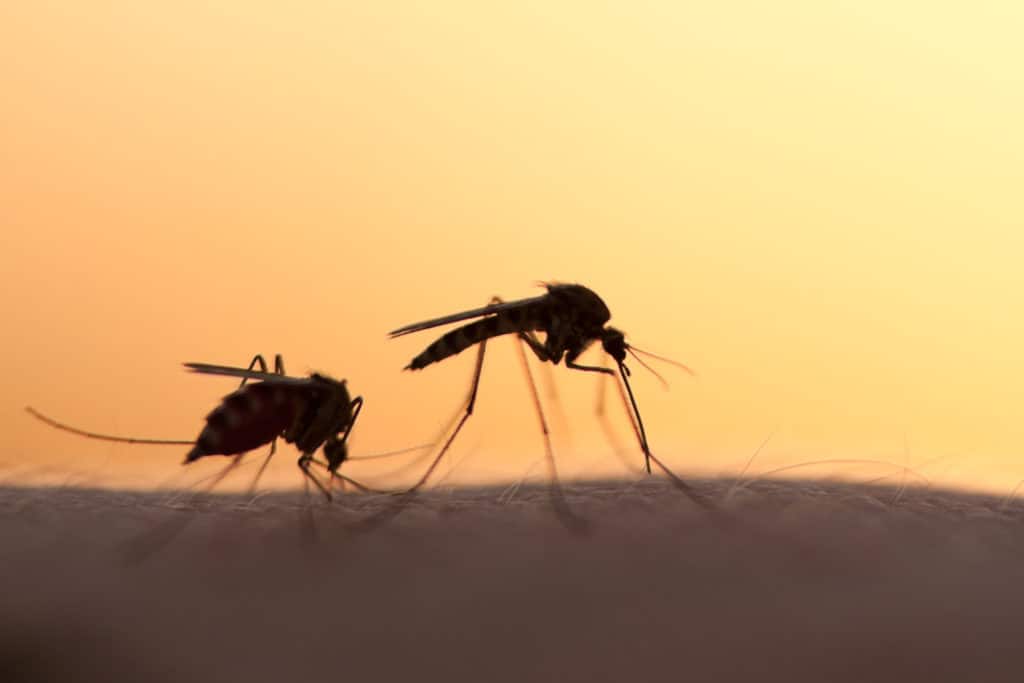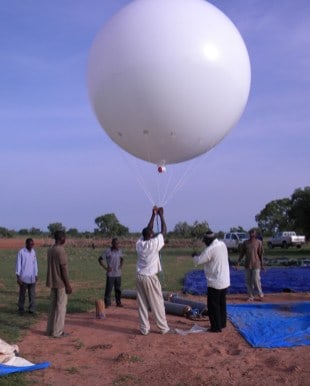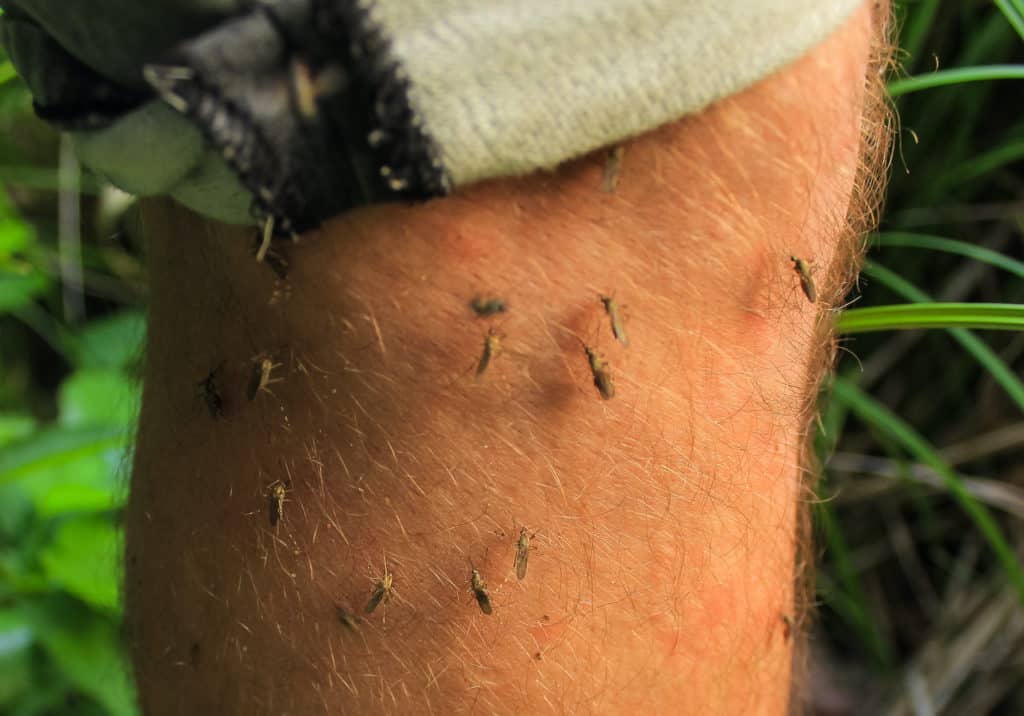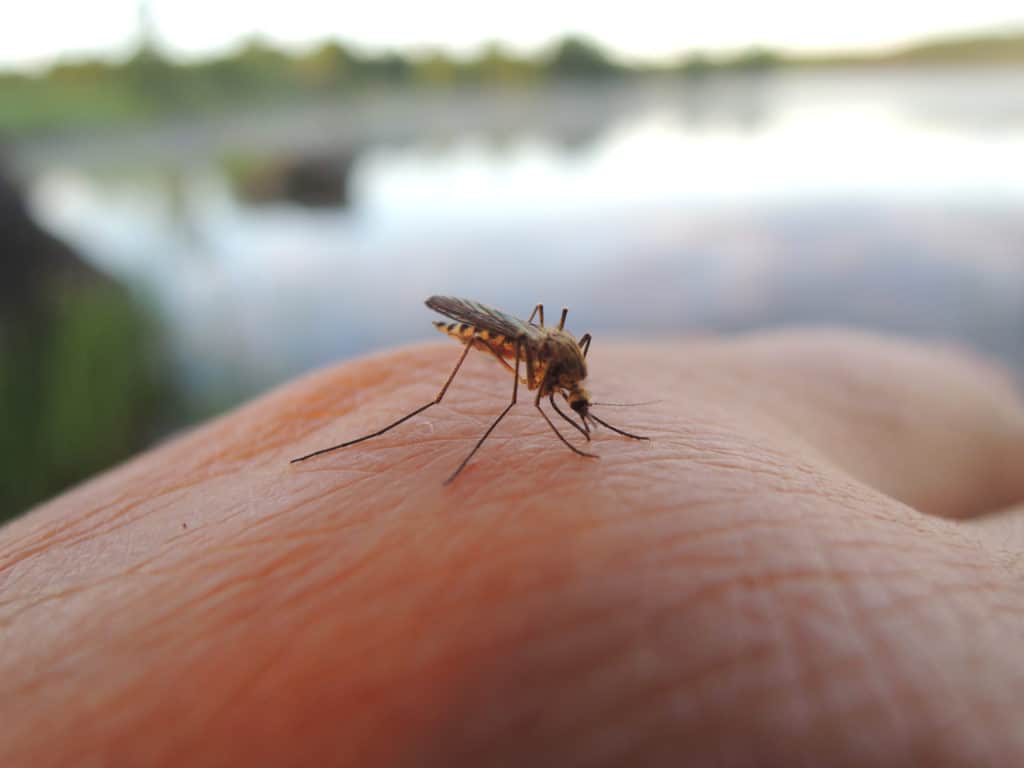A Long-Distance Threat: Mosquitos and Diseases
A Long-Distance Threat: Mosquitos and Diseases
Massive Migration Distances
It was previously believed that mosquitos had a total lifetime travel range of roughly 5 kilometers (3.1 miles). This belief was squashed in 2019 however, when it was discovered that some mosquitos actually have the ability to travel hundreds of kilometers. Prior to this discovery it was also assumed that mosquitos would be harmed by flights with strong winds that caused them to end up in far higher atmospheres than they were used to. However, as it turns out, battering high-altitude winds does not appear to actually phase the migration of mosquitos much at all, nor did it affect their actions following the rough journey.

The Study


The team of Africa-based researchers that explored this migrative phenomenon selected a to conduct the tests between October and November. This would make the tests more challenging for the mosquitos as the weather is in the process of changing dramatically from wet season to dry season. This temperature change provided more tumultuous winds and creates conditions that are known to be both stressful and detrimental to local mosquito populations.
The researchers found that the mosquitos not only survived the harsh conditions, but resumed normal activity including biting people and laying eggs following the ordeal. “Our new results, based on a larger sample size, demonstrate that mosquito migrants at high altitude can indeed survive,” the researchers explained of the decade-long study. “We conclude that, similar to other high-altitude migrating insects, mosquitos are able to withstand extended high-altitude flight and subsequently reproduce and transmit pathogens by blood feeding on new hosts.”
These migrations paired with the ability to still transmit diseases poses as both an explanation and a warning.

The Implications
Previously, it was a bit of a mystery as to know various species of mosquitos continuously appeared and disappeared from areas of Sahel. Not only were populations seemingly sprouting out of nowhere, but they were appearing in areas that lack the proper conditions to foster the hatching and growth of new generations. This new data shed overwhelming light on the curious situation and also provided new insight to help with mosquito control.
Tovi Lehmann, Ph.D. of the National Institute of Allergy and Infectious Diseases states that, “changing our mosquito dispersal paradigm as it relates to the rapid and long-range spread of vector-borne infections, including arboviruses such as Rift Valley fever, as well as adaptive traits such as insecticide resistance by wind-borne mosquitos, would allow us to up our ability to predict outcomes and mitigate them more successfully.”
While this enlightening study took place in Africa, it yielded both valuable data and a cautionary tale for the world as a whole. These nasty vectors of disease are becoming more of a threat and, as such, mosquito control is becoming more and more important.
We want to make sure you and your family are safe, which is why we offer specialized mosquito abatement treatments throughout the summer months. Call us anytime if you want more information on these services and how we will work to keep you safe and mosquito-free!

Citations
Ricciuti, E. (2020) Study Shows Mosquitos Can Still Spread Malaria After Long-Distance Flights, Entomology Today. The Entomological Society of America. Available at: https://entomologytoday.org/2020/08/12/anopheles-mosquitoes-malaria-long-distance-flights/ (Accessed: December 2020).
Where Do Spiders Like to Hide? A Locals’ Guide to Sneaky Spider Spots (and What to Do About Them)
Where Do Spiders Like to Hide? A Locals’ Guide to Sneaky Spider Spots (and What to Do About Them) Where Do Spiders Like to Hide? [...]
Why Do We See So Many Pests in the Fall?
Why Do We See So Many Pests in the Fall? Why Do We See So Many Pests in the Fall? Summary: Fall’s cooler [...]
Why German Cockroaches are Such Problem Pests (And How to Get Rid of Them)
Why German Cockroaches are Such Problem Pests (And How to Get Rid of Them) Why German Cockroaches are Such Problem Pests (And How to Get [...]
Summer is Ending, But Pests are Still Going Strong
Summer is Ending, But Pests are Still Going Strong Summer is Ending, But Pests are Still Going Strong Summary: Summer is coming to [...]
10 Tips for Going Back to School Pest-Free
10 Tips for Going Back to School Pest-Free 10 Tips for Going Back to School Pest-Free Summary: The school year is a busy [...]
What is Bug Spray, Really?
What is Bug Spray, Really? What is Bug Spray, Really? Summary: Bug spray is a great tool for preventing pests during outdoor activities, [...]

